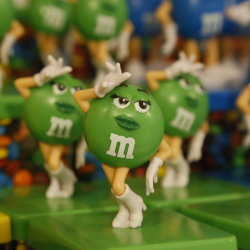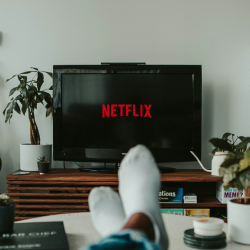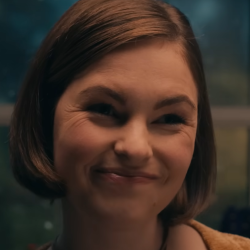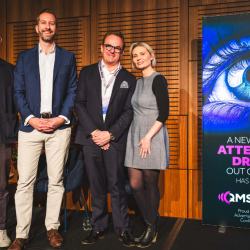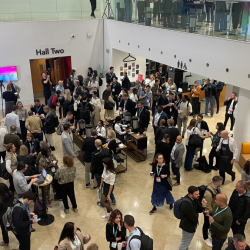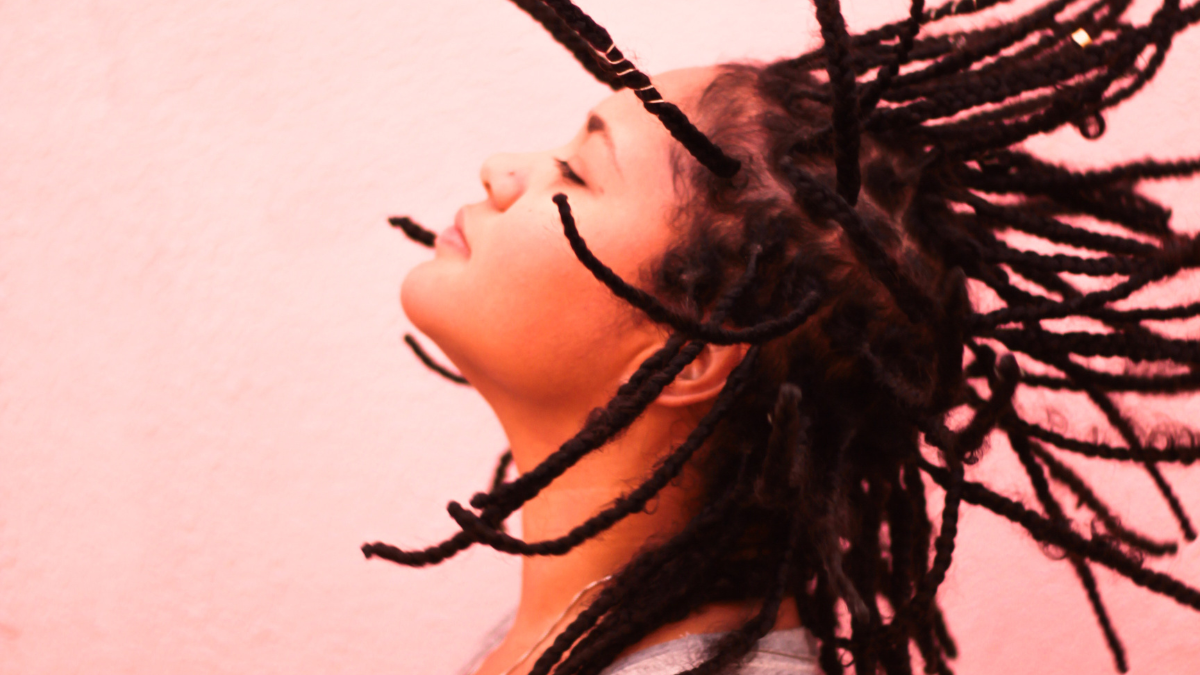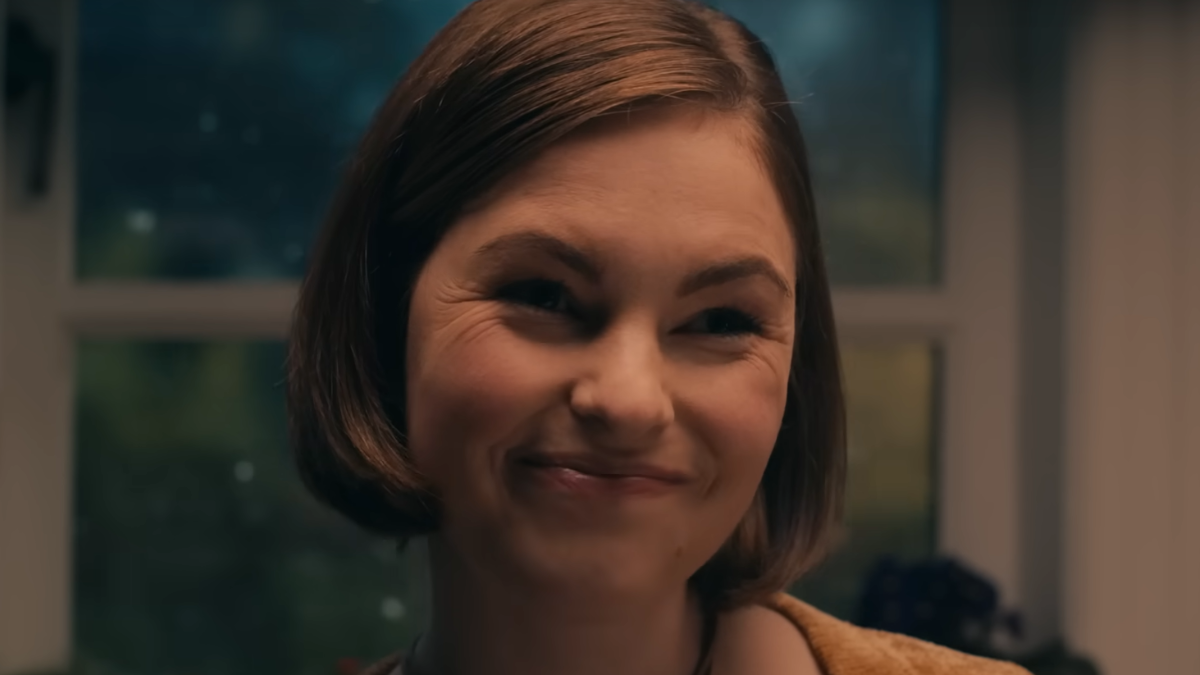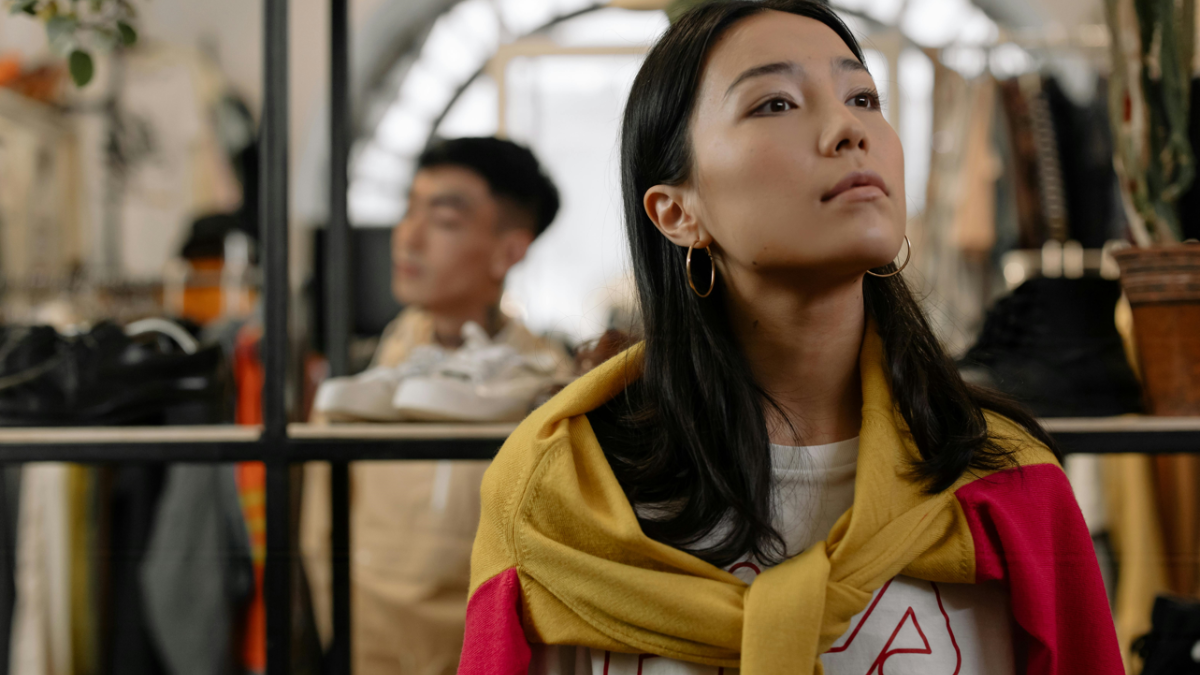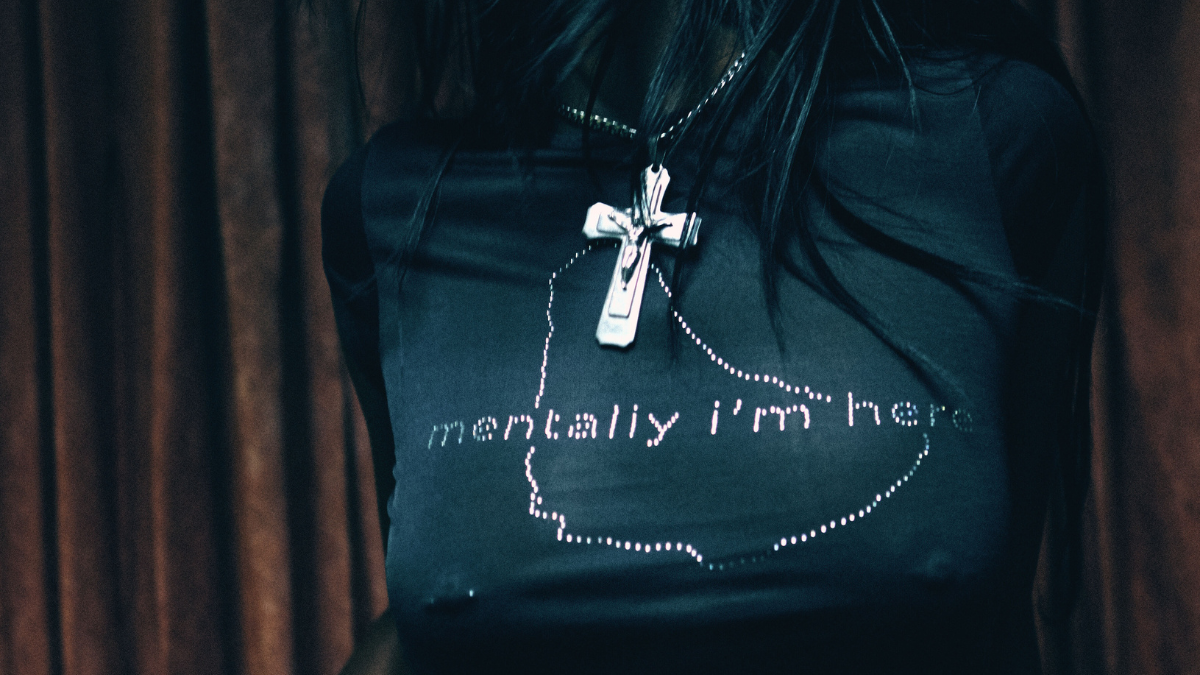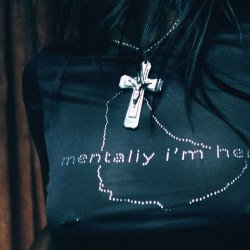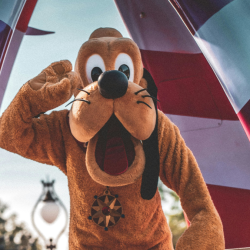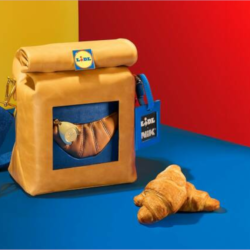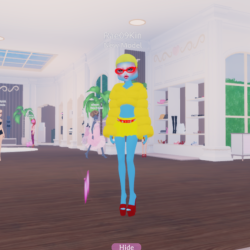In this interview, our Editor Mike Piggott spoke to PhD researcher at the University of Leicester, ndhenry. She is the founder and independent collector of Black Cover Archive (bC Archive), a collection of cover stars from global creative magazines.
Hi, thanks for talking to us. So this project began in 2018 as a way to archive blackness. Who else does similar stuff? One I’m aware of is Black Cultural Archives in Brixton, they do good work. Is there much overlap between you both? And are there any other organisations or individuals out there that you admire in this space?
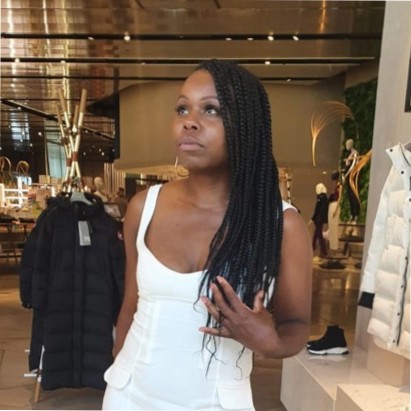
Black Cultural Archives definitely overlap with my work. If you look at their mission statement, they ‘collect, preserve and celebrate the histories of people of African and Caribbean descent in the UK’. Even though my work does not exclusively focus on blackness in the UK, it aims to collect, preserve and celebrate blackness globally.
Other incredible platforms archive blackness that I personally follow and admire which are both from the UK and US: Georgian Diaspora curated by Serena Lee; Black Fashion Archive documented by Rikki Byrd; Black Beauty Archives (which also collects physical objects) by Camille G Lawrence; Archive Alive content created by Tianni Janae Graham; Black Archives founded by Renata Cherlise; and Black Magazine Covers a platform that celebrates black cover stars (which is similar to the work I do), produced by Donovan X Ramsey and Antonio M Johnson. All of which are doing amazing work of representing, archiving and disseminating blackness. Vanley Burke is a photographer and archivist, and another person who I admire, and significantly inspired my archive. His work captures the community in which I grew up, in Handsworth, Birmingham. He has an enormous archive of not just photography, but also cultural objects. I would suggest to the readers to go and see his work; there are three current exhibitions taking place now.
- Blood & Fire: Our Journey Through Vanley Burke’s History is on till 1 November 2023 at the Soho House Museum, Birmingham
- Between Two Worlds until 31 December 2023 at the V&A South Kensington
- The Missing Thread: Untold Stories of Black British Fashion closes the 4 January 2024 at Somerset House, London
Can I just mention one more phenomenal artist/researcher, Theaster Gate. His work was introduced recently to me, because of his exhibition, Black Image Corporation in 2020. The exhibition featured imagery from the Johnson Publishing Company, which included images from Jet and Ebony magazines. He’s someone I’d love to have a conversation with.
Black Cultural Archives’ Founder, Len Garrison, began with a question, ‘What are our heroes, martyrs and monuments?’ Did you have your own question in mind when you began your project?
I love Len Garrison’s question and yes there was a question, but I did not come up with it. It was Vanley Burke. He proposed this: In what ways can we archive blackness? I instantly thought of magazines. The discussion took place at Barber Walker’s 2016 visual art exhibition, Shock and Awe. The exhibition acknowledged the absence of representation of Black servicemen and women in the British Armed Forces.
The visual art exhibition clearly ignited the conversation that significantly directed my focus to collect what I call the ‘Black cover’. The bC Archive has influenced the direction of my PhD, by asking questions around how these images were created, and by who or what.
Why did you want to archive magazine covers? Were you specifically looking to archive what’s in the popular culture space (in terms of Black people) at a given time?
Not really. I’ve always collected magazines since I was a teenager, whether they were fashion, design or architecture, I was just drawn to magazines. They were filled with creativity, from the covers to the pages. But something clicked in my mind after Vanley Burke’s question. It made me think about how many Black covers I had, and that there were hardly any. Even though this was a significant moment, think about it… the discussion happened in 2016 and I did not actively start collecting till 2018.
Two other factors occurred: first, I started my MA in 2017, and the first Black Studies BA course in the UK was launched at the same university I was attending. Even though I wasn’t a student of the Black Studies degree, I had friends who were, so I attended classes in-between my MA ones. Second, it was a conversation with a George Michael fan.
The person had collected more or less every object related to the singer. This conversation reignited the one I had regarding Vanley Burke, and taking the Black Studies classes deepened the significance and urgency (that I had) to collect Black covers as tangible objects. These cultural objects/commodities have historical stories that can evoke memories and emotions, showcase artistic talent, and take up physical space which, I believe, creates a sense of belonging in the world in which we live.
Do you notice any trends or common themes in your archive?
Yes, three pivotal moments in the history of the increase in the visibility of Black covers in mainstream spaces: the Civil Rights Act of 1964, Obama’s presidency (2009 to 2017) and Black Lives Matter in 2020. The common theme is that the increase of the Black cover appears to be relational to the social, and political-cultural landscape at the time.
Are there any covers which point to any kind of turning moment in history or pop culture, ones you think are significant?
Donyale Luna’s fashion magazine covers, even though she wasn’t the first Black person to cover a Western magazine; I believe it to be Emperor Hallie Selassie for Time Magazine, on 11 November, 1930. Luna’s fashion magazine covers became a significant historical turning point in fashion media and pop culture. Selassie was the Emperor of Ethiopia, with all the status, riches and received publicly.
On the other hand, Luna was just starting when she appeared on a fashion cover, and didn’t have that kind of regal status to her name. She was more of a rising star, an African-American teen from Detroit, Michigan, who was discovered by David McCabe in 1963. Anyway, Luna’s first cover was for Harper Bazaar‘s in January 1965 , and was illustrated by Katharina Denzinger, who left us guessing regarding Luna’s race.
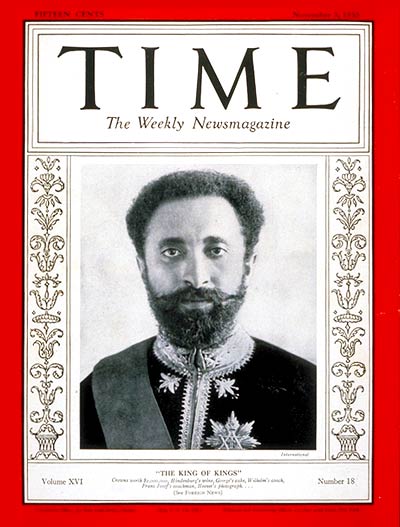
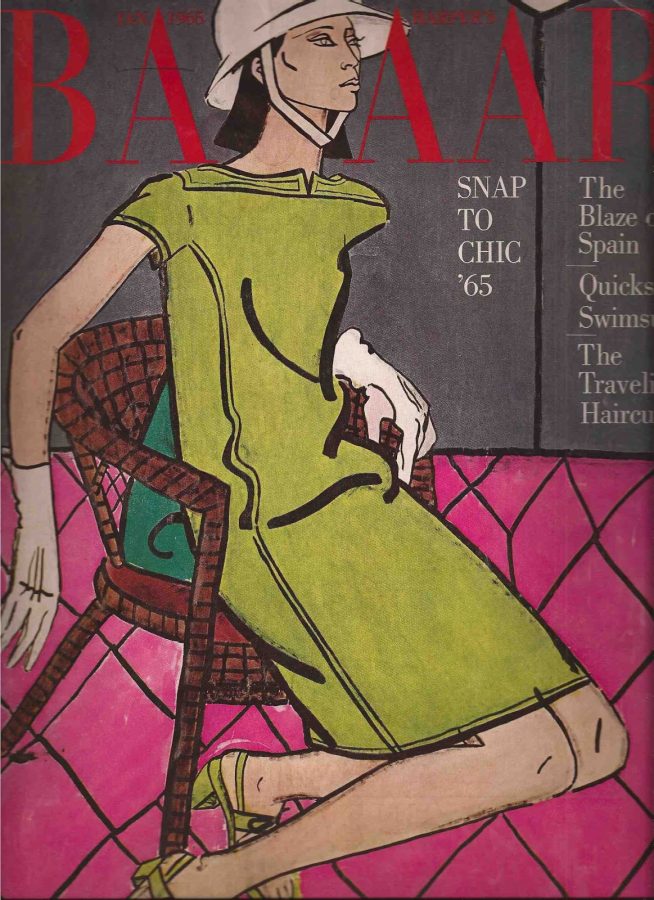
We have to remember the Civil Rights Act of 1964 had just passed, and the legal integration of African-Americans had just begun. So, the ambiguity of her race reflects the decision to illustrate her as such and highlights the tension in America when African Americans started to integrate. This goes back to the theme I described earlier, the rise of the Black cover appears to be relational to the social, and political-cultural landscape of the time. Many have stated Luna paved the way for Black models in the fashion world, helping to shape the industry into what it is today. Her influence was so significant that we might not have witnessed some of the most influential Black models appear in the fashion industry without her.
Magazine covers are linked, in a sense, to photography and photographers. Recently I read an article* about famous Black photographers and it mentioned Gordon Parks, with a photo he took of Black Muslims in 1963 — an image Kendrick Lamar referenced in his music video, Element. Looking at your archive, are there any photographers whose work you admire, either for the way they frame and present their subject, or for the message they’re trying to get across with their image?
There aren’t many Black photographers who have had the opportunity to capture images for the covers of magazines. We are in the era of firsts. Like Black models, Black photographers weren’t offered a space within the fashion and creative industries. This is where my PhD offers a nuanced lens to explore the historical networks at play (when producing Black covers).
And there are phenomenal Black photographers whose work I admire, such as Nadine Ijewere, Campbell Addy, Tyler Mitchell, and Rafael Pavarotti. They have all shot for top fashion magazines. But what I’ll do is bring a light to other Black photographers, alongside the Black covers they have shot, which I have in my collection.
Numéro Berlin Issue 6 Spring/Summer 2019 cover (below), with models: Riley Montana, Taelor Thein, Awar Mou, Madisin Rian, Carissa Pinkston; and photographed by Dario Calmese. When purchasing the Numéro Berlin cover I had a choice between the five models or Solange. Numéro Berlin is about an inch and a half thick. I could only physically carry one copy, along with the rest of the magazines I had collected that day. So I went for the cover with the five models. It stood out, as the five models represented several complexions of Black beauty, and the image was striking as I had never seen a cover like that before. Calmese became the first Black person to photograph a cover for Vanity Fair, which featured Viola Davis for the July/August 2020 issue.
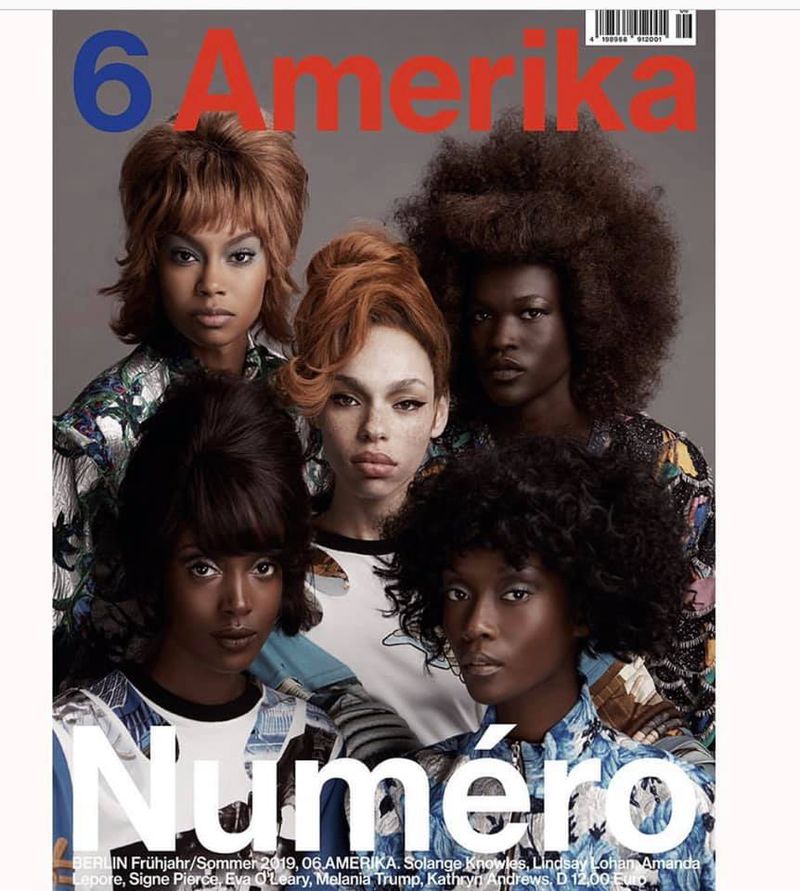
Studio Magazine, Fashion, Issue 3 AW 2021/22, Model: Ana Flávia; photographed by Lawrence Agyei (below). Canerows and figure waves, in black and white close up, textural layering of clothing…the image of Flávia is stunning; I just want to know what she was looking at. I remember seeing the image post on Instagram and instantly responding with ‘Who’s the model and photographer?’. I picked up the magazine the next day.

Garage Magazine, Issue 19, September 2020, Model: Michaela Cole; by Liz Johnson Artur (below). This image of Cole’s face painted with gold glitter produced on gloss paper layered upon the red matt background instantly stood out on the self for me. I do like Garage Magazine covers.
It’s now Black History Month. What are your thoughts on this month? There’s an article* in The Guardian, from 2015 admittedly, which argues the month needs a rethink. Every time I walk through Waterloo station I see the Windrush statue. The government erected it yet publish reports which deny institutional racism exists*. I know this is branching away from your project a little, but in your opinion does Britain and the British government’s ongoing ‘relationship’ with Black people just reinforce the need for projects such as yours?
Definitely. Projects like my own help us to note changes within the social, and political-cultural landscape. It’s a way in which we can observe and examine these cultural objects, in our efforts to make sense of the world in which we live. My archival project directly feeds into my PhD thesis, which looks through the lens of production. Academic work or social commentary tends to explore representation from perception/portrayal/misrepresentation, which are essential bodies of work. However, the research that I am doing hopes to start filling the gap, and redirect perspectives toward exploring the cultural production of Black representation.
What’s next for you? Any further projects around blackness that you’re working on?
To share my collection in a physical space; an exhibition that I hope to create conversations that push us to future think about the social, and political-cultural landscape of blackness.
Finally, we have a series called ‘Four Favourite Books’, where we ask people to share their all-time or current favourites, or ones on their reading list. What are yours?
The 5 AM Club: Own Your Morning. Elevate Your Life by Robin Sharma totally changed the way in which I start my mornings.
All About Love: New Visions is a book by bell hooks. I could literally read this book over and over again. I feel like it tells me something new every time.
The Book of Proverbs (Hebrew Bible) is one I use for daily meditation. Who wouldn’t want the wisdom that Solomon was privy to?
The last book I recently bought was Fire Rush by Jacqueline Crooks. I haven’t yet finished it, but from the first page I was hooked.
Thanks for talking to us
Thanks for having me.
*Sources
Black History Month needs a rethink: it’s time to ditch the heroes – The Guardian
The Windrush statue is offensive – no wonder people are boycotting it – The Independent
12 Famous Black Photographers You Should Know in 2023
Featured image: nappy / Pexels
